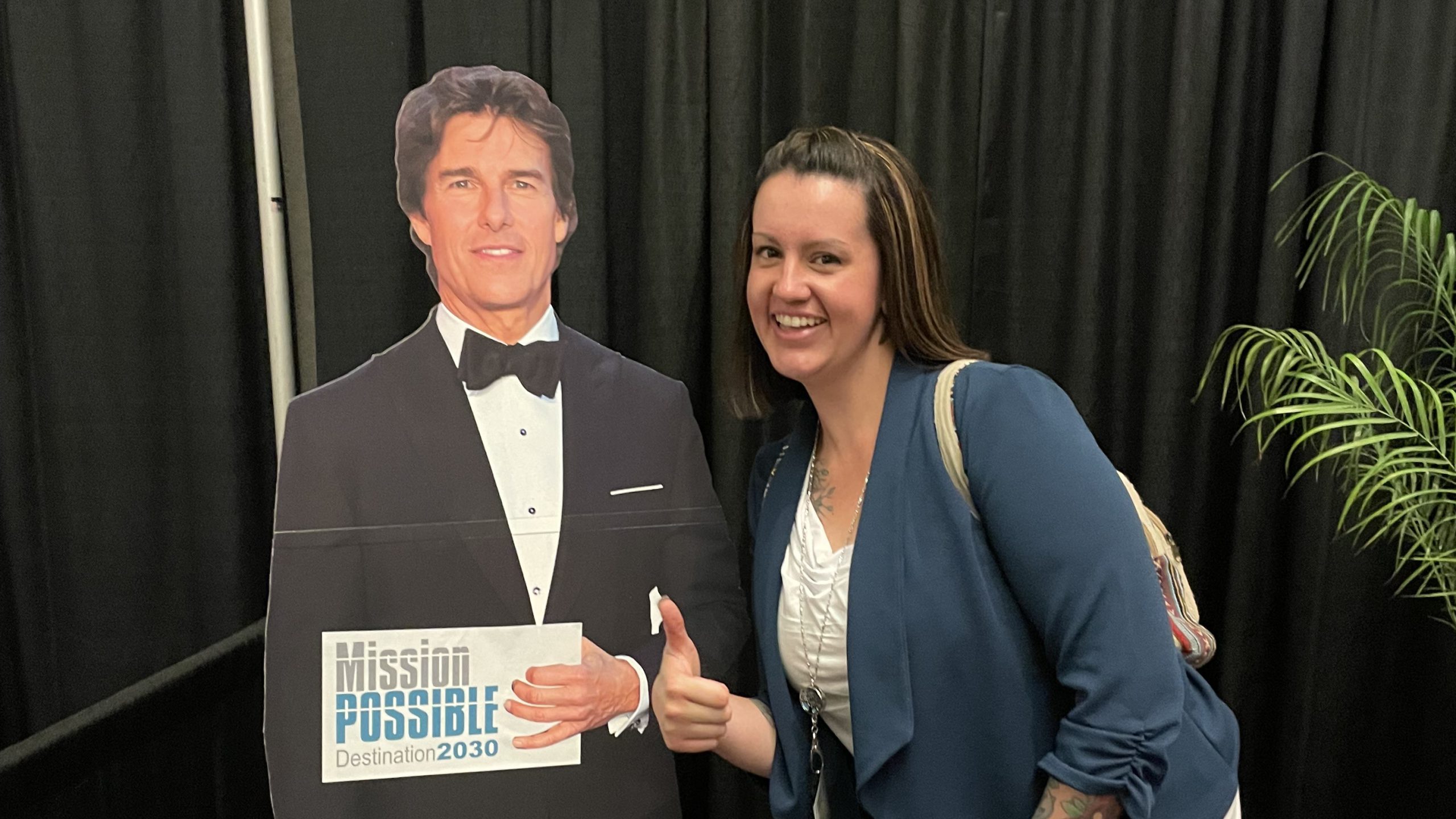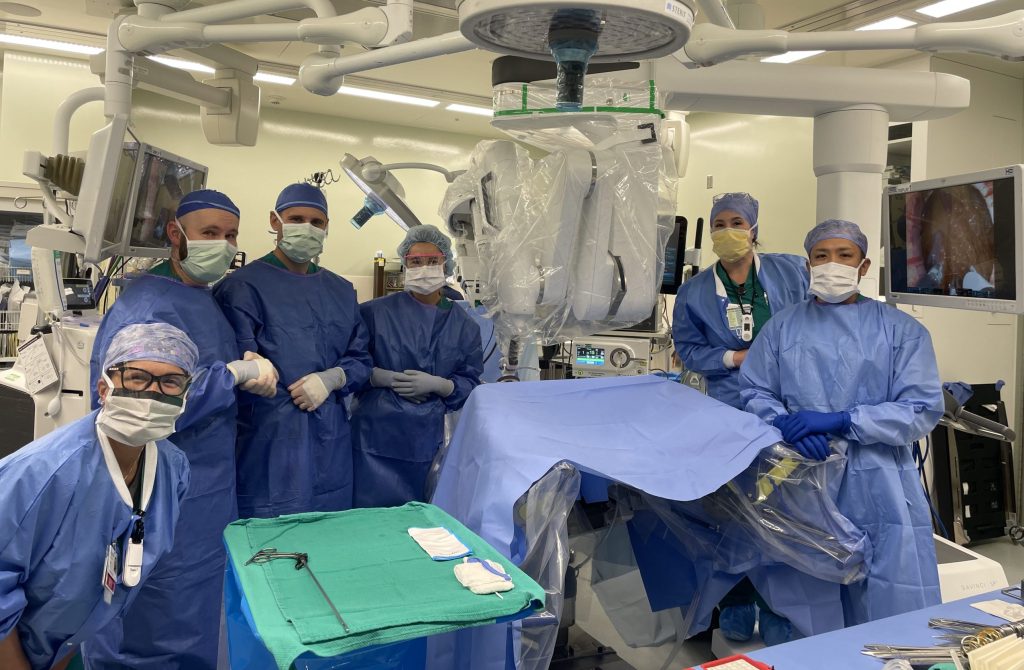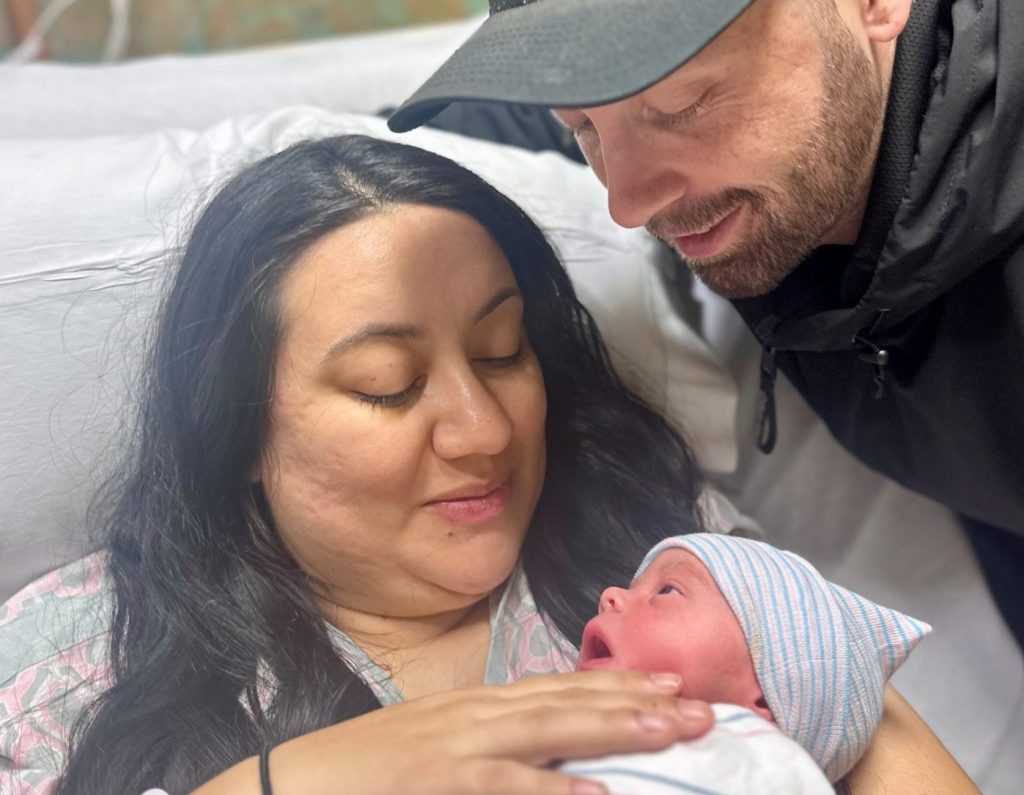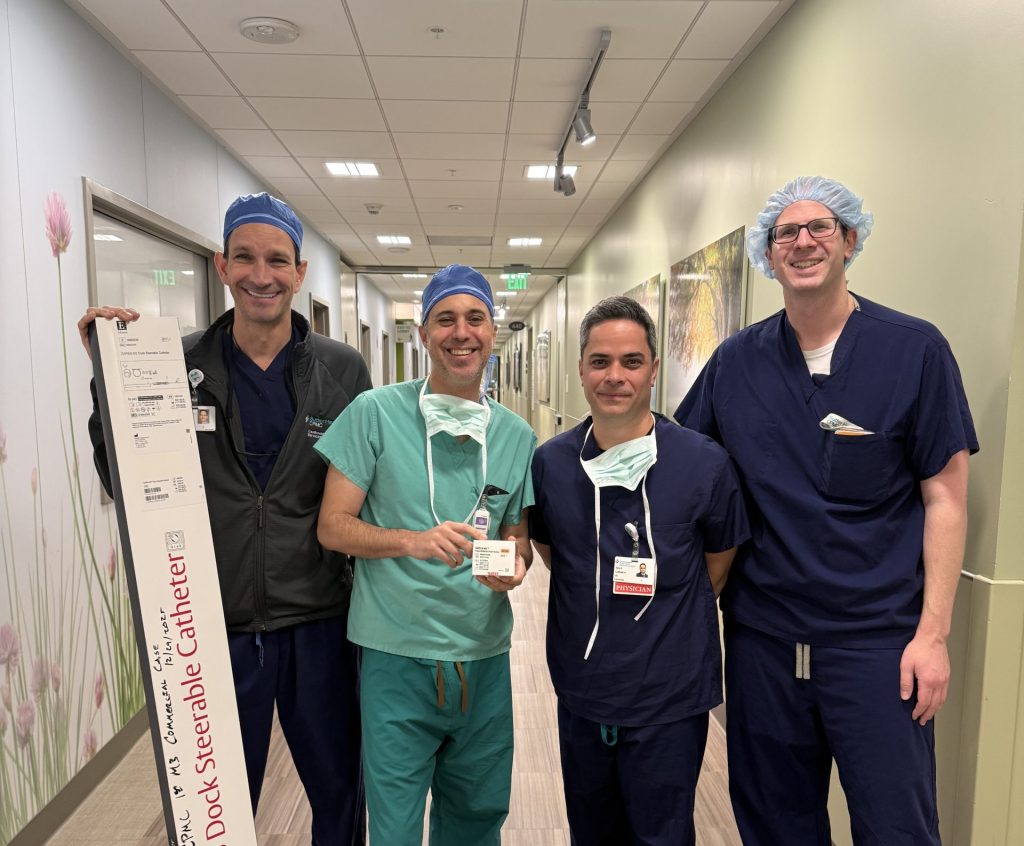Jacque Holdaway jokes that she is a professional sleeper, but the road to being diagnosed with narcolepsy, a chronic neurological disorder that disrupts the brain’s ability to regulate sleep-wake cycles, has been long and stressful.
Holdaway experienced symptoms as early as childhood. She recalls a road trip from Anaheim to Salt Lake City with her family when she was 11 where she slept the entire time – not even waking up for a bathroom stop.
Holdaway’s undiagnosed condition caused mental health challenges and insecurities as she grew older.
“I didn’t want to go out,” she says. “I couldn’t find joy in anything.”
Holdaway’s early days working at a call center were a bit challenging, but fortunately, she works for Sutter Health, a California-based not for profit healthcare system where her managers lead with compassion.
Inclusion in Action
Her managers’ support is especially meaningful to Holdaway as she began to better understand her own needs and how to advocate for them.
At Sutter, Holdaway discovered, inclusion and belonging are embedded values where leaders communicate the importance of people feeling seen, heard and valued.
July marks the 35th anniversary of the landmark Americans with Disabilities Act, also known as the ADA, a pivotal moment in the fight for equal rights. It’s also Disability Pride Month — a time to celebrate identity, raise awareness and promote visibility for the disability community.
Sutter’s spirit of inclusion is championed by its disAbility Employee Resource Group, which offers a safe space for employees to share their experiences and find support. The group and its allies are committed to empowerment, access and creating opportunities that benefit teammates, patients and communities. Sutter’s Employee Resource Groups are one way the healthsystem is working toward its goal to become the best place to work and practice in the nation.
The Journey to Diagnosis
Support from her managers and colleagues inspired Holdaway to seek a diagnosis.
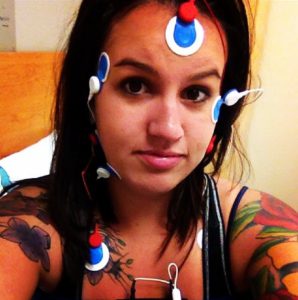 “This is my first job in healthcare,” says Holdaway, who has now been at Sutter for 12 years. “My co-workers were the ones who told me that I should talk to someone and that sleeping this much wasn’t normal.”
“This is my first job in healthcare,” says Holdaway, who has now been at Sutter for 12 years. “My co-workers were the ones who told me that I should talk to someone and that sleeping this much wasn’t normal.”
So began Holdaway’s four-year journey of sleep studies, multiple surgeries (tonsils and deviated septum), nutritionist appointments, discussions about her weight and more. When she finally had a diagnosis of both narcolepsy and cataplexy (a sudden, brief loss of muscle tone that occurs during wakefulness, typically triggered by strong emotions), she was relieved.
It took a while for Holdaway and her doctors to find the right combination of medicines to help her stay awake during the day while also ensuring she gets restful sleep at night. She follows a strict schedule for taking her medicine, waking up, and starting her workday.
Her call center supervisors at Sutter adjusted her schedule to accommodate for a midday shift.
“I was worried that I would be a distraction. Would people think I was lazy? But everyone has been so supportive and accommodating,” she says.

